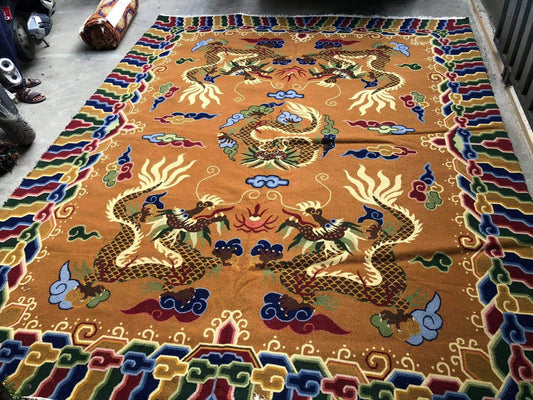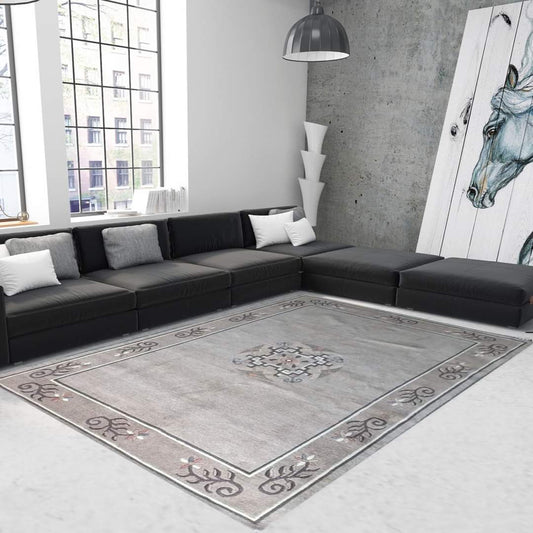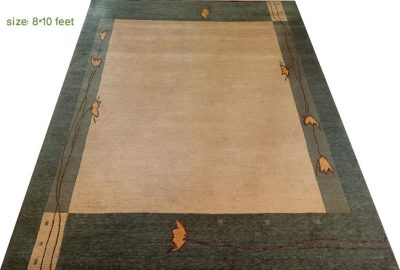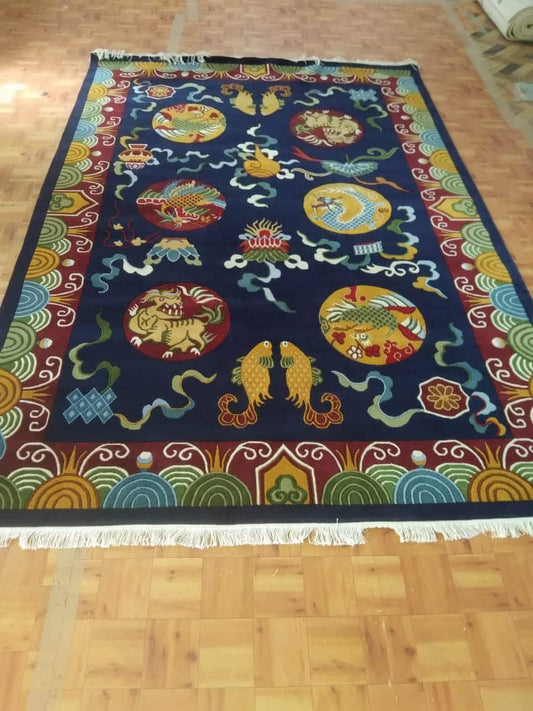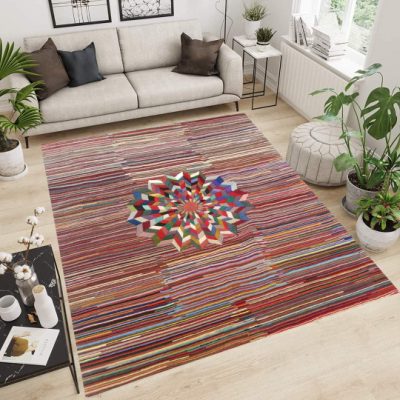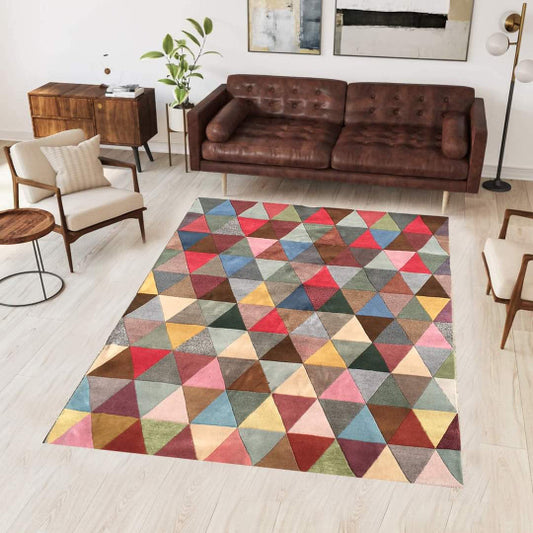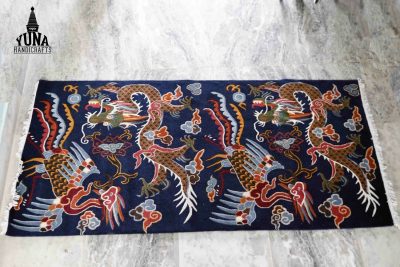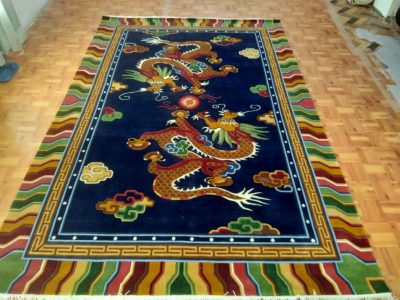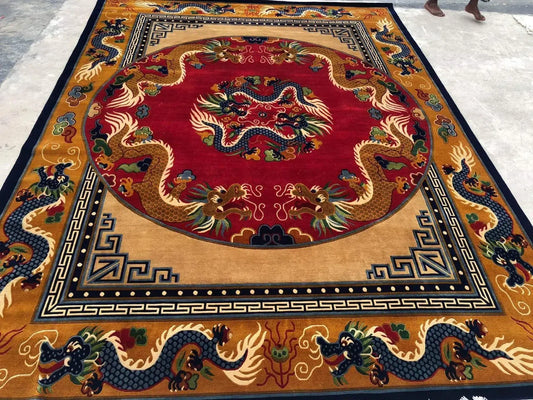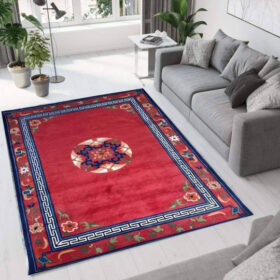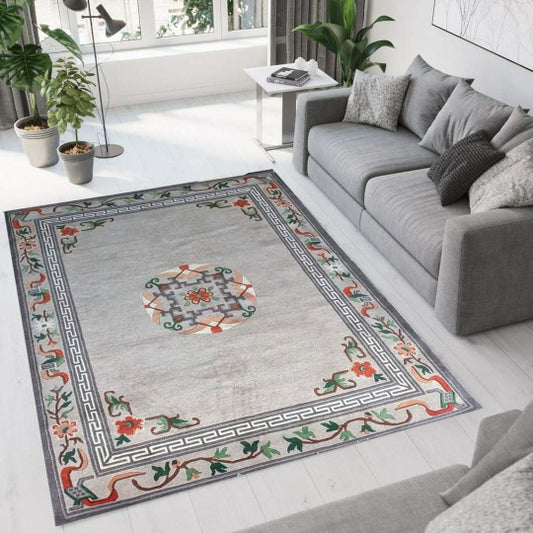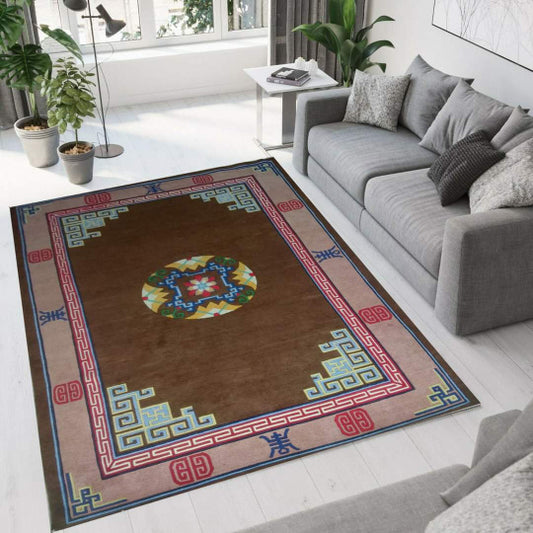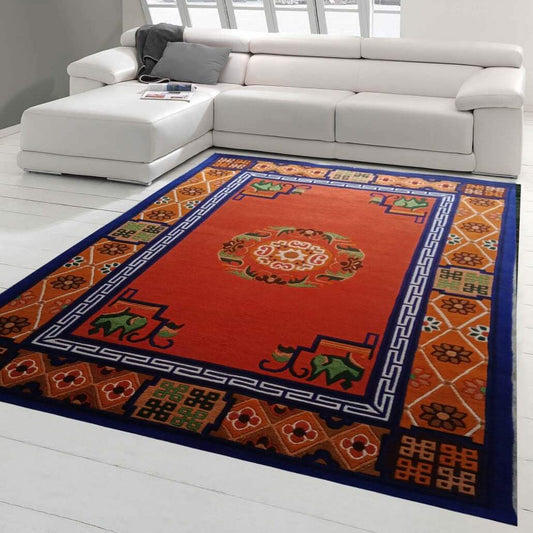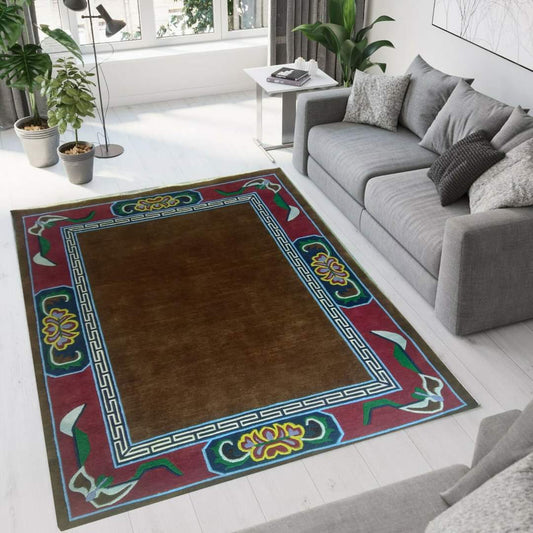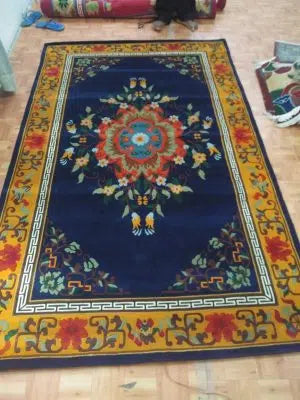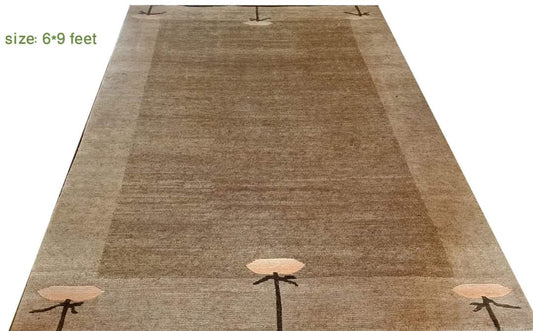-
Tibetan Design 5 Dragon Rug
Regular price From $900.00 USDRegular price -
Handmade Flower Area Rug
Regular price From $900.00 USDRegular price -
Floral Area Rug From Nepal
Regular price From $900.00 USDRegular price -
Tibetan Carpet With Auspicious Buddhist Signs
Regular price From $900.00 USDRegular price -
Buddhism Inspired Mandala Rug From Nepal
Regular price From $900.00 USDRegular price -
Abstract Geometrical Multicolor Rugs (Sizes Available)
Regular price From $900.00 USDRegular price -
Tibetan Dragon Carpet
Regular price From $900.00 USDRegular price -
Dragon Area Rug From Tibet
Regular price From $900.00 USDRegular price -
Endless Knot Tibetan Rugs
Regular price From $900.00 USDRegular price -
Endless Knot Carpet
Regular price From $900.00 USDRegular price -
Endless Knot Rugs
Regular price From $900.00 USDRegular price -
Endless Knot Carpet Made In Nepal
Regular price From $900.00 USDRegular price -
Endless Knot Rugs Sale
Regular price From $900.00 USDRegular price -
Buddhism Special Endless Knot Rug
Regular price From $900.00 USDRegular price -
Buy Floral Design Tibetan Rug
Regular price From $900.00 USDRegular price -
Handmade Flower Rugs From Nepal
Regular price From $900.00 USDRegular price

